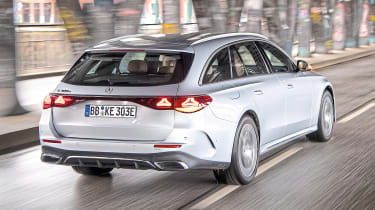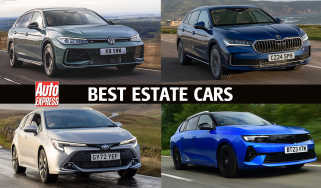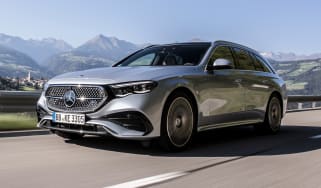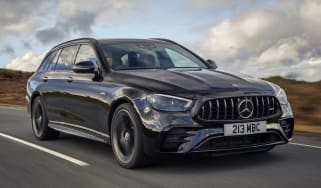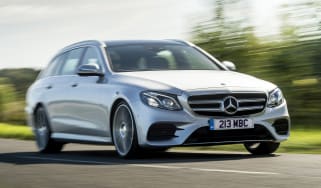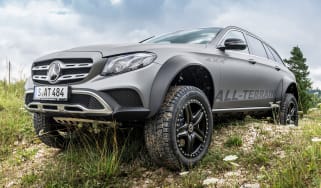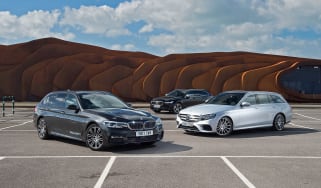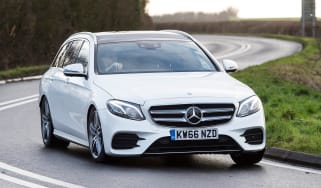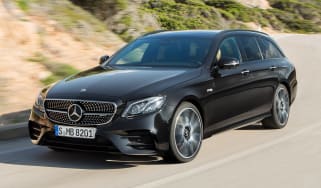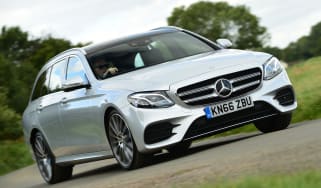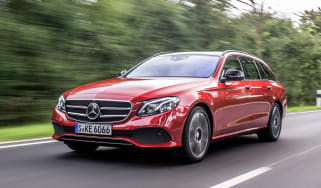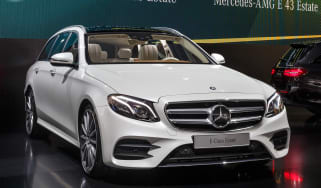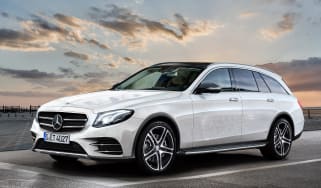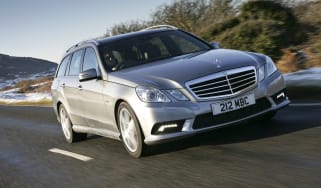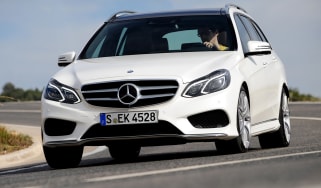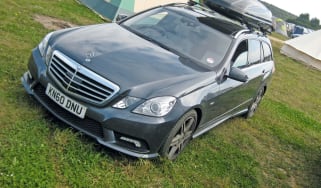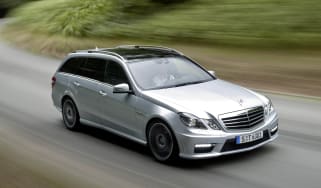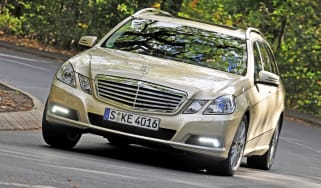New Mercedes E-Class Estate 2024 review: packed with tech, but lacking a soul
The plug-in hybrid E 300 e powertrain provides fast and efficient motoring, but it severely impacts the amount of space on offer in the new E-Class Estate
Verdict
The Mercedes E-Class is a technological tour de force, but from behind the wheel it suffers from a distinct lack of character. The plug-in hybrid powertrain really delivers in terms of efficiency, but that comes at the cost of practicality, which is a shame given this car’s otherwise spacious estate body. We expect emerging rivals from BMW and Audi will add some competitive spice to this sector once again.
The Mercedes E-Class needs to perform not only as a luxurious executive car, but also as a practical family offering. This is where the new Estate model comes in; with wagons losing favour against a surge of SUVs, is Mercedes launching a loss leader? We’re testing it here for the first time to see if it can repay the German firm’s faith.
Mercedes has gone big on technology with its latest models, and the E-Class Estate is no different. The first thing you’ll notice is the door handles – or lack of. Instead there’s an almost flush-fitting section which extends when you approach the car. Unlike some other rather flimsy flush-fitting door handles we’ve come across, the Mercedes opens with a solid “clack” sound. A good start, then.
Jump inside and just as in the E-Class saloon we tested recently, you’ll notice plenty of inspiration from the larger, more expensive S-Class. And although there is a lot of new and amazing technology on board, it feels like an evolution of the previous E’s interior’s design rather than something completely fresh. Our AMG Line Premium Plus model features the new Superscreen infotainment system; to the uninitiated it’d be hard to imagine a Mercedes fitted with the larger Hyperscreen layout available elsewhere in the maker’s line-up.
The Superscreen is made up of a 14.4-inch central display, and two 12.3-inch displays either side. It’s a little confusing to get your head around at first – such is the array of information offered – but give it a day or two and you’ll be whizzing through the functions on the move without issue. But with so much going on in the cabin, the interior can feel surprisingly compact.
More reviews
Car group tests
In-depth reviews
Road tests
- Mercedes E 220 d review: a technical tour de force
- New Mercedes-AMG E 53 4Matic+ review: super saloon swaps focus for all-round ability
- New Mercedes E 300 e plug-in hybrid 2023 review
Used car tests
Not what you’d necessarily expect of a car measuring almost five metres nose to tail. It’s the same length as its predecessor but with no replacement for the CLS Shooting Brake planned, Mercedes has gone with a sleeker, more coupe-like roofline to fill the void.
The result is rear-seat space that feels pleasant and airy, but as that roof drops down to the rear there’s an impact on boot space. The E 300 e Estate’s boot capacity with the rear seats up stands at just 460 litres thanks to the positioning of the battery – that’s 20 litres less than the old car. If you don’t want the plug-in tech, then you’ll be pleased to learn the mild-hybrid E-Class comes with a much larger 615-litre boot.
When we tried the E-Class saloon in E 220 d form, we were impressed by its 2.0-litre mild-hybrid diesel engine. The plug-in hybrid driven here uses a 2.0-litre four-cylinder petrol engine mated to 25.kWh battery which Mercedes claims can provide an electric-only range of up 73 miles – dropping to 62 miles on the biggest wheels. We only managed 42 miles, but this was done in cold conditions. European cars get DC fast charging, but the feature isn’t expected to be offered in the UK.
There’s 312bhp and 550Nm of torque from the combined plug-in hybrid powertrain, sending power through a smooth nine-speed automatic transmission. The 0-62mph dash is dealt with in 6.5 seconds, and while that doesn’t sound too impressive given the power available, it makes more sense when you factor in the portly 2,275kg kerbweight; 370kg more than the mild-hybrid model.
That bulk means there’s not much joy to be had trying to throw the E 300 e around – especially in Estate form. The steering is light and there’s decent grip, but where the E-Class really shines is when it comes to refinement. Our car was fitted with the optional air suspension which smothers bumps and imperfections in the road brilliantly – combined with the Acoustic Comfort Package, the E-Class Estate is wonderfully quiet on a cruise.
Our car in AMG Line Premium form costs from £73,150 (Premium Plus is almost £6k more again) – a significant amount of money even in this day and age. Luckily for Mercedes, the Porsche Panamera Sport Turismo has just gone off sale and the BMW 5 Series Touring is between generations. The Audi A6 Avant is coming to the end of its life, though it’s hard to ignore the vastly cheaper Jaguar XF Sportbrake in this part of the market – even if it isn’t available with any fuel-saving PHEV tech.
But with an excellent range of engines, a comfortable, composed ride and plenty of trick features, the E-Class Estate will be a compelling choice in the upper echelons of the estate-car market.
| Model: | Mercedes E 300 e AMG Line Premium Estate |
| Range from: | £57,930 |
| As tested: | £77,141 |
| Engine: | 2.0-litre 4cyl petrol plug-in hybrid |
| Power/torque: | 312bhp/520Nm |
| Transmission: | Nine-speed automatic, rear-wheel drive |
| 0-62mph: | 6.5 seconds |
| Top speed: | 141mph |
| Economy: | 470.9mpg |
| CO2: | 14g/km |
| Dimensions (l/w/h) | 4,950/1,880/1,469mm |
| On sale: | Now |

